The Horse in Early Modern English Culture
The Horse in Early Modern English Culture
Bridled, Curbed, and Tamed
Kevin De Ornellas

FAIRLEIGH DICKINSON UNIVERSITY PRESS
Madison Teaneck
Published by Fairleigh Dickinson University Press
Copublished with Rowman & Littlefield
4501 Forbes Boulevard, Suite 200, Lanham, Maryland 20706
www.rowman.com
10 Thornbury Road, Plymouth PL6 7PP, United Kingdom
Copyright 2014 by Kevin De Ornellas
All rights reserved . No part of this book may be reproduced in any form or by any electronic or mechanical means, including information storage and retrieval systems, without written permission from the publisher, except by a reviewer who may quote passages in a review.
British Library Cataloguing in Publication Information Available
Library of Congress Cataloging-in-Publication Data
De Ornellas, Kevin.
The horse in early modern English culture : bridled, curbed, and tamed / Kevin De Ornellas.
pages cm
Includes bibliographical references and index.
ISBN 978-1-61147-658-3 (cloth : alk. paper) ISBN 978-1-61147-659-0 (electronic)
1. HorsesGreat BritainHistory. 2. HorsesSocial aspectsGreat Britain. 3. Great BritainSocial life and customs. I. Title.
SF284.G7D46 2014
636.100941dc232013035192
 The paper used in this publication meets the minimum requirements of American National Standard for Information SciencesPermanence of Paper for Printed Library Materials, ANSI/NISO Z39.48-1992.
The paper used in this publication meets the minimum requirements of American National Standard for Information SciencesPermanence of Paper for Printed Library Materials, ANSI/NISO Z39.48-1992.
Printed in the United States of America
Contents
Preface and Acknowledgments
This book simply would not exist without the generous financial assistance provided by three organizations: the United Kingdoms Arts and Humanities Research Board, which awarded me a Major State Studentship and three supplementary grants for travel to libraries in Britain; a fellowship for a very rewarding one-month research period in California was provided by the Huntington Library, San Marino; and finally, the Arts and Humanities Research Institute of the University of Ulster gave me the necessary money for three periods of study at the British Library. The book is based on a thesis that was produced at Queens University, Belfast. The thesis supervisor was Mark Thornton Burnett: of him, I can say only that he was the ideal, attentive supervisor. Burnett has, over two decades, spearheaded the formation of a world-class legacy of Shakespearean research at Queens and, more generally, has contributed energetically and productively to the Ulster community as a whole. To him, I express many, many thanks. The thesis was examined by Richard Dutton and Ewan Fernie: I thank them hugely for their enthusiastic reading of my work and for the shrewd and forthright advice that they gave about changes that would be necessary to turn the thesis into a dependable book. I thank Professor Maurice Charney for his warm endorsement of the work as manuscript reader. I also thank the director of Fairleigh Dickinson University Press, Harry Keyishian, for taking such a generous interest in my work. I particularly thank him for his indulgent patience when dealing with the diffidence of this first-time author. This book simply would not have appeared without him: so, with immense appreciation I dedicate the work to him.
I have heard people employed by publishers of scholarly books mutter darkly about the imminent demise of the intellectual monograph. Not enough people purchase scholarly single-authored books, it is alleged. It is understandable that monographs sell poorly: they tend to be prohibitively expensive, and, in these days of increased student numbers and intense administrative pressures, few academics enjoy the leisure to read around their subject. I have heard it rumored also that it is not uncommon for an academic monograph to sell to a smaller number of people than the number of people thanked in the Acknowledgments. Partly because of this alarming statistic, I wish to thank only a small number of individuals and institutions here. Anyway, I really wouldnt have the space to thank adequately all of the academic colleagues, family members, library assistants, and personal friends who have helped in small ways with the production of this work.
The persons cited here know that they have contributed in very major and very practical ways: they are Katherine Byrne, Brian Caraher, Martin Condron, Joe De Ornellas, Rosemary De Ornellas, Sarah Hatchuel, Jan Jdrzejewski, Lucy Munro, Pl Dochartaigh, the late Roger Prior, Frankie Sewell, Anoush Simon, James Ward, Rachel Willie, and Ramona Wray. High morale is a very important and underrated commodity in academia. My morale is kept consistently high at the University of Ulster: I thank all of my ever-positive colleagues in the English subject area for keeping me diverted and stimulated; I also thank all of the catering personnel, domestic assistants, gardeners, library assistants, media technicians, secretaries, and security guards who work so hard day-by-day to make our institution so organized and so pleasant a place to work. Finally, I owe a lot to the students at the three universities at which I have taught: Queens University, Belfast; the University of Wales, Bangor; and the University of Ulster. The students acceptance of my stress on the importance of animal imagery in early modern texts and their complementary concern for nonhuman species in the present day has convinced me even further that a consideration for other species is necessary both in our reading of historical texts and in our day-to-day activities in the twenty-first century.
Citations from and references to the Oxford English Dictionary all derive from the second edition, 20 vols. (Oxford: Clarendon Press, 1989). This edition is always referred to as OED in this book. The Oxford Dictionary of National Biography , edited by Colin Matthew and Brian Harrison, is treated similarly: it is always referred to as ODNB . All citations from it are taken from the online edition published in September 2004 (www.oxforddnb.com). Early printed books are always afforded STC or Wing numbers. Books published before 1641 are identified with the numbers given in the second edition of A. W. Pollard and G. R. Redgrave, eds., A Short-Title Catalogue of Books Printed in England, Scotland, and Ireland, and of English Books Printed Abroad, 14751640 , 3 vols., revised by F. S. Ferguson and W. A. Jackson et al. (London: Bibliographical Society, 19761991). Wing numbers are taken from the second edition of Donald Wing, ed., Short-Title Catalogue of Books Printed in England, Ireland, Wales, and British America , 3 vols., revised by T. J. Crist and J. M. Hansel et al. (New York: Modern Language Association of America, 19821994).
A shorter version of chapter one, on the play Woodstock , has appeared in the Karen Raber and Treva J. Tucker edited collection, The Kingdom of the Horse (Basingstoke: Palgrave Macmillan, 2005). Some material from chapter three, on Bankss horse, was used in an essay published in Richard Bradford, ed., Life Writing: Essays on Autobiography, Biography and Literature (Palgrave Macmillan, 2009). I have presented material from the book at many conferences and seminars: I am very grateful to everyone who attended these talks and who made challenging remarks to me both publicly and privately. Thanks also to the relevant conference and seminar organizers at Vladimir University, Russia; the University of Central Lancashire; Shakespeares Globe, London; Trinity and All Saints College, Leeds; the Shakespeare Institute, Stratford-upon-Avon; the University of Sheffield; Trinity Hall, Cambridge; University College, Dublin; Kings College, London; Collge de France, Paris; and Fitzwilliam College, Cambridge.
Next page
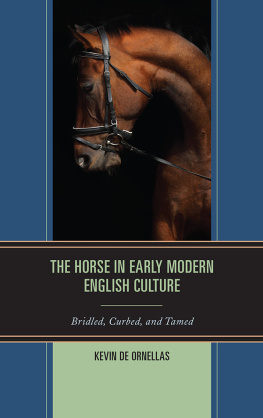
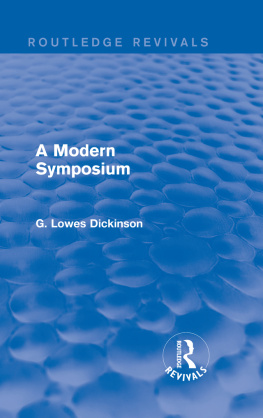


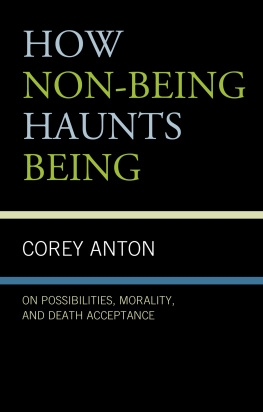
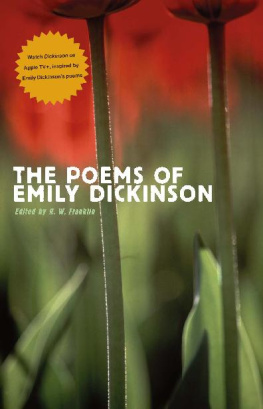
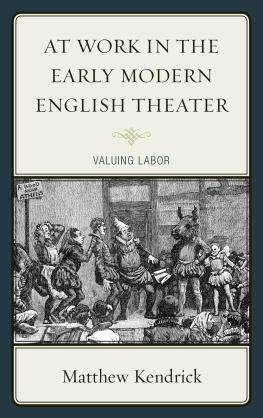
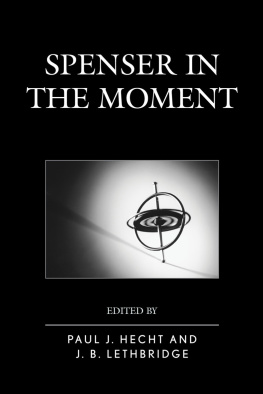

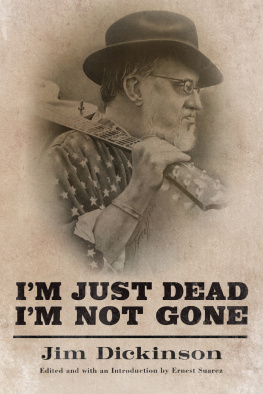
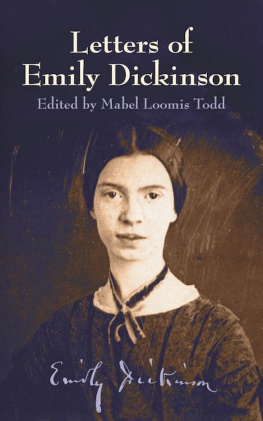

 The paper used in this publication meets the minimum requirements of American National Standard for Information SciencesPermanence of Paper for Printed Library Materials, ANSI/NISO Z39.48-1992.
The paper used in this publication meets the minimum requirements of American National Standard for Information SciencesPermanence of Paper for Printed Library Materials, ANSI/NISO Z39.48-1992.